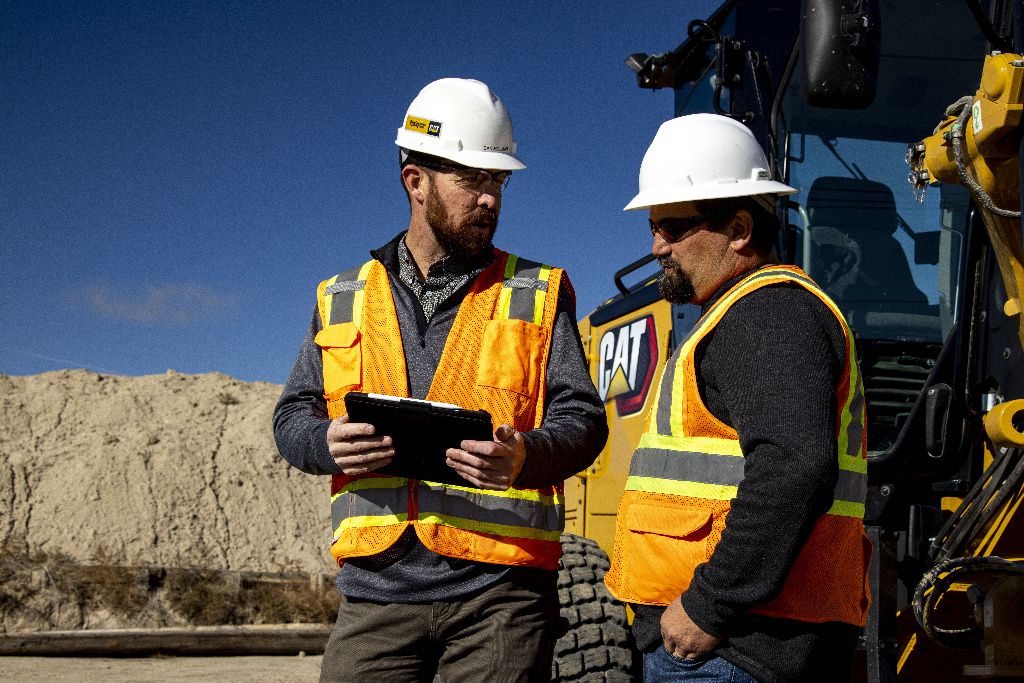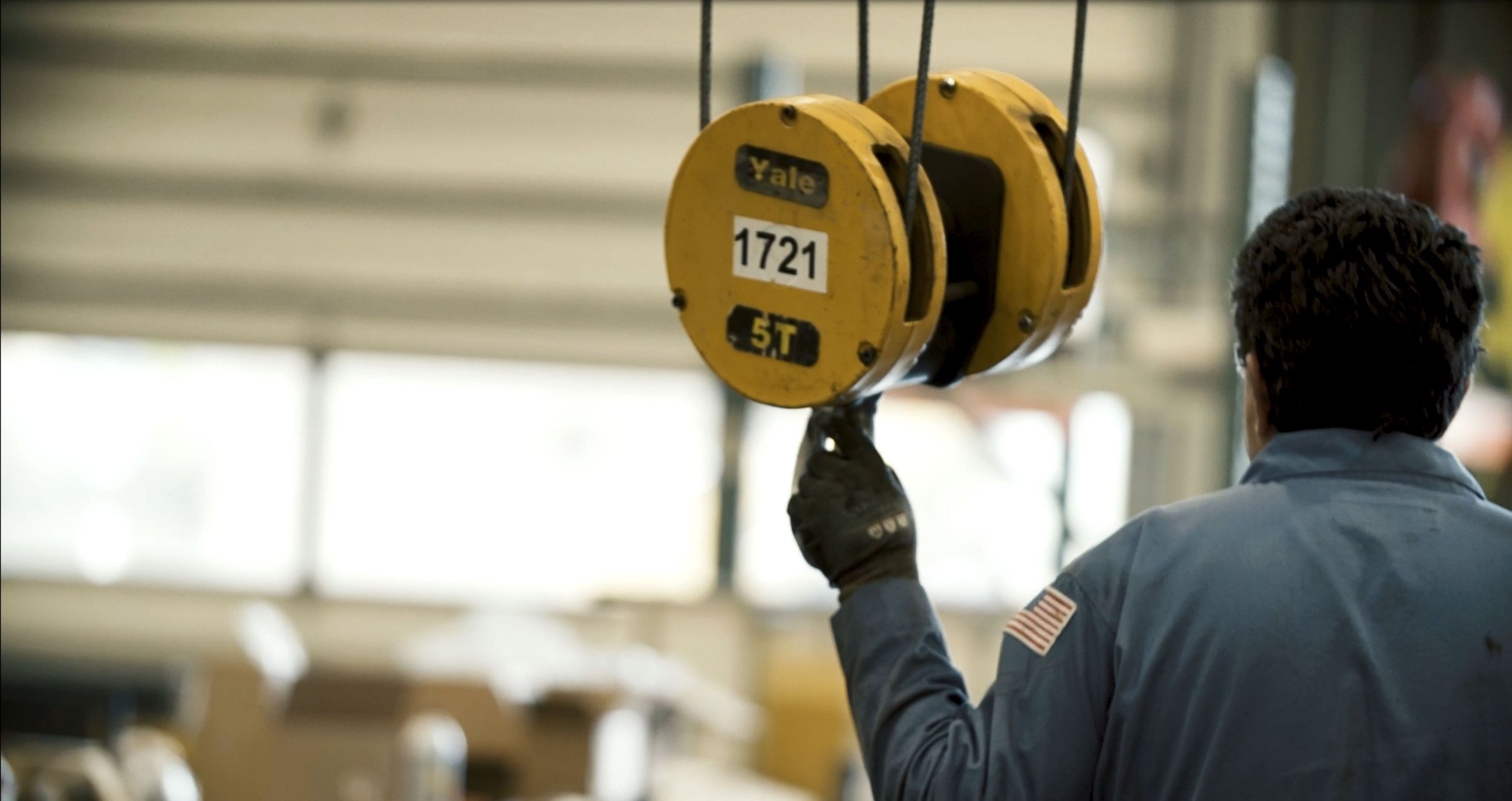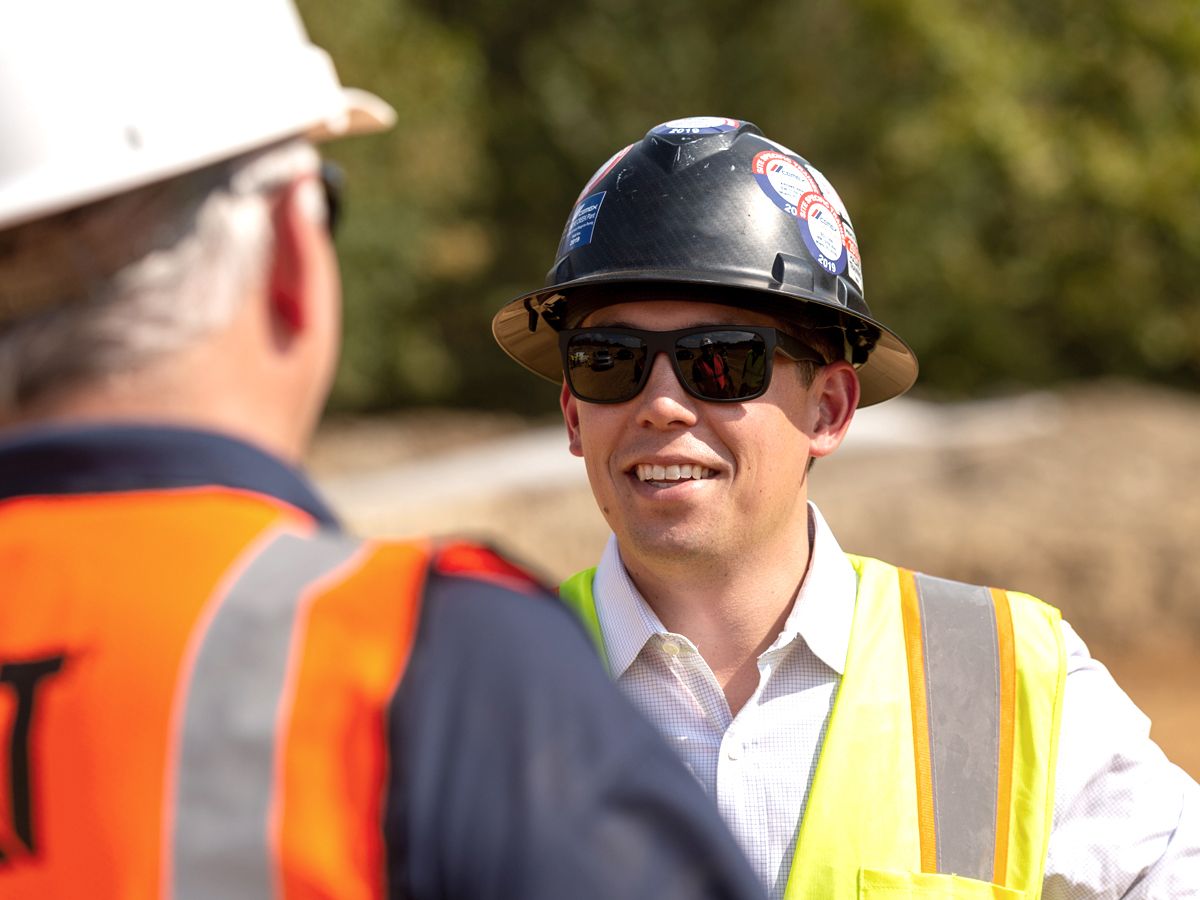If you already have an existing account with another Cat App, you can use the same account to sign in here.
One Account. All of Cat.
Your Caterpillar account is the single account you use to log in to select services and applications we offer. Shop for parts and machines online, manage your fleet, go mobile, and more.
Account Information
Site Settings
Security
The Five Principles of Human and Organizational Performance
And how you can use them to sustain a safe culture
Published June 16, 2024
At a job site, the operator of a front-end loader was stopped by his supervisor and lectured on not working fast enough. During this one-sided conversation, another vehicle pulled up closely behind the front-end loader. Once the supervisor left, the operator put the loader in reverse and narrowly missed striking the vehicle behind him.
How would you respond to this incident?
There’s a traditional response to accidents and near-miss events (typically, reacting), and there’s an approach based on an alternative mindset – human and organizational performance.
So what is human and organizational performance and how does it apply to the above example? First, human and organizational performance isn’t a set of steps to follow. It’s not a way of excusing behavior, and it’s not a program.
Human and organizational performance is:
- A mindset shift
- A systems-oriented approach to understanding situations
- A demonstration of leadership accountability
- A proven way of increasing both safety and productivity through trust

Principle #1: People Make Mistakes
We all acknowledge that humans aren’t perfect but we still struggle with this concept at work. We create processes and standard work that assume perfect performance 100% of the time, and when something goes wrong we often point a finger at the employee involved. Any time we put a worker in a position where their only form of defense against serious injury or fatality is that they perform perfectly, we’re creating an operator-dependent system. A human and organizational performance mindset does not manage the incident itself; it manages the probability to HAVE an incident. Let’s build systems that allow people to stay safe, even when they make a mistake.
Principle #2: Blame Doesn’t Work
Our brains are hardwired for flight or fight. This means we find solutions to protect ourselves (and others) from harm, whether that be physical, emotional, or professional harm. This is why we may feel compelled to assign blame to someone – or something – as opposed to considering how the system and our own behavior created the conditions for an unintended, unfortunate outcome. It's a natural instinct.
Blame is useless in strategy and detrimental to team morale. We need to change our vantage point from focusing on the employee’s mistakes, to understanding the organizational weaknesses that come together at a moment in time to result in an incident. A human and organizational performance mindset is forward-thinking, one that protects the next person assigned to operate the jib crane (for example). Post incident, the focus must be on process improvement, not figuring out who’s to blame. That way we are focused on production and safety.
Principle #3: Behavior is Driven by Context
When it comes to a work situation, understanding context means we examine each resource to understand its role in an outcome. What were the contributing factors that, together, created a hazard? The fact that there hasn’t been a fatality or serious incident before doesn’t tell the whole story. If workers avoided injury multiple times in near miss situations, that could reinforce the unsafe behavior. This can often lead to inaccurate assumptions about safety performance.
Most people believe they are making the best decision at the time, based on the present situation. If we consider the contributing factors to the incident, then we are learning (see principle #4), as opposed to scapegoating (see principle #2).

Principle #4: Learning Is Key to Improving
Curiosity is a leadership trait that creates a safer and more productive workplace.
It is with curiosity that we:
- Gain more context, which enhances decision making.
- Stop judging based on minimal facts, which can lead workers to distrust you as a leader.
Simply speaking, it’s hard to be curious and judgmental at the same time.
This is why learning and improving go together, because learning without the application is a waste. Safety is not the absence of injuries, where a “safe day” is seen as one without injury. Safety is the presence of safeguards against the organizational weaknesses that lie dormant, waiting for someone to take the very action that can cause a serious or fatal incident.
Organizations that use human and organizational performance principles examine their systems when things are seemingly operating safely. We call this “learning from normal work.” Ask employees to identify the possible critical risks in their workplace. They are the experts in their roles and can guide you to making it exceedingly difficult for them to do something unsafe.
Principle #5: Your Response Matters
A leader’s response carries the potential (root of this word is “potent,” which means “power”) to either attract or repel a follower. Employees show up to work to meet expectations, not to disappoint and be punished, or feel stupid. WHEN mistakes happen (not IF), this is a turning point and opportunity for us to strengthen or weaken our teams. The choice is ours. Are we leaders who are fair and just? Are we leaders who carry fire and brimstone?
If we want to learn from the “frontline experts,” we need to have empathy and emotional intelligence as skills in our leadership toolbox. This will help us understand what made sense to the worker at the time they made their decision. Otherwise, we are inadvertently contributing to an environment where you have shaped the culture to only expect perfection (see principle #1) and workers may not turn to us for support on their challenges (see principle #4).
We want to see organizations applying human and organizational performance principles before an incident occurs, examining their systems when things are seemingly operating safely. We have the power to make or break the learning cycle to keep people safe.
Want more information about how Caterpillar Safety Services can help your organization with human and organizational performance? Contact us here.


Rossina Gil, MAIS, MSOD
Senior Consultant, Caterpillar Safety Services
Rossina Gil is a Senior Consultant for Caterpillar Safety Services. Her responsibilities include delivering workshops to Caterpillar customers and dealers, as well as our own facilities, distributors and subsidiaries. Rossina has spent over 20 years in leadership and organization development, and executive coaching across multiple industries and continents. She continues to serve as a lecturer for Pepperdine Graziadio School of Business (Malibu, Calif., USA), where her book on culture is required learning for its graduate course on global business strategy.




